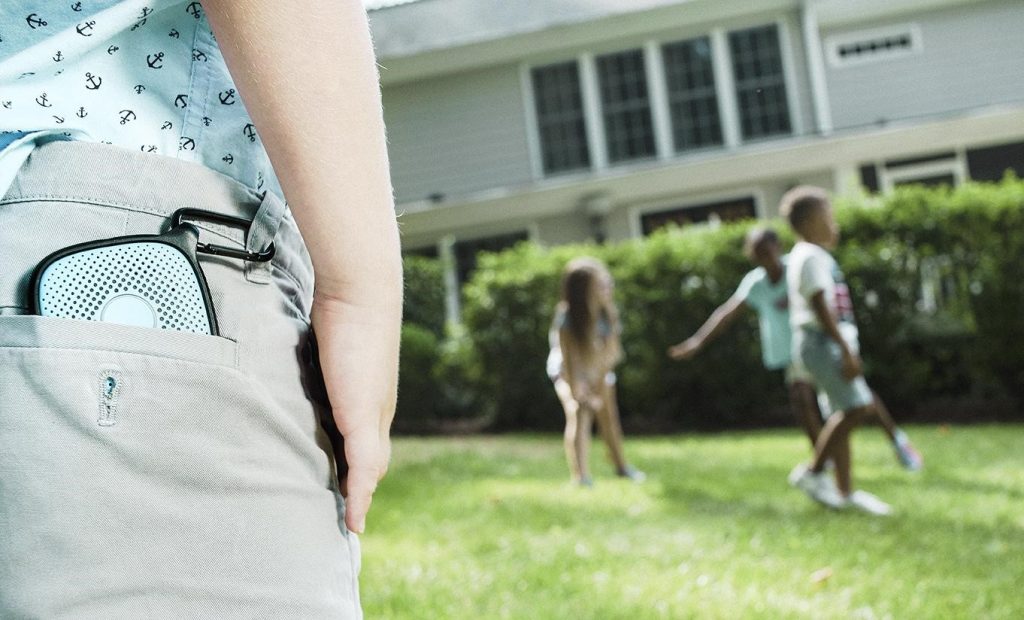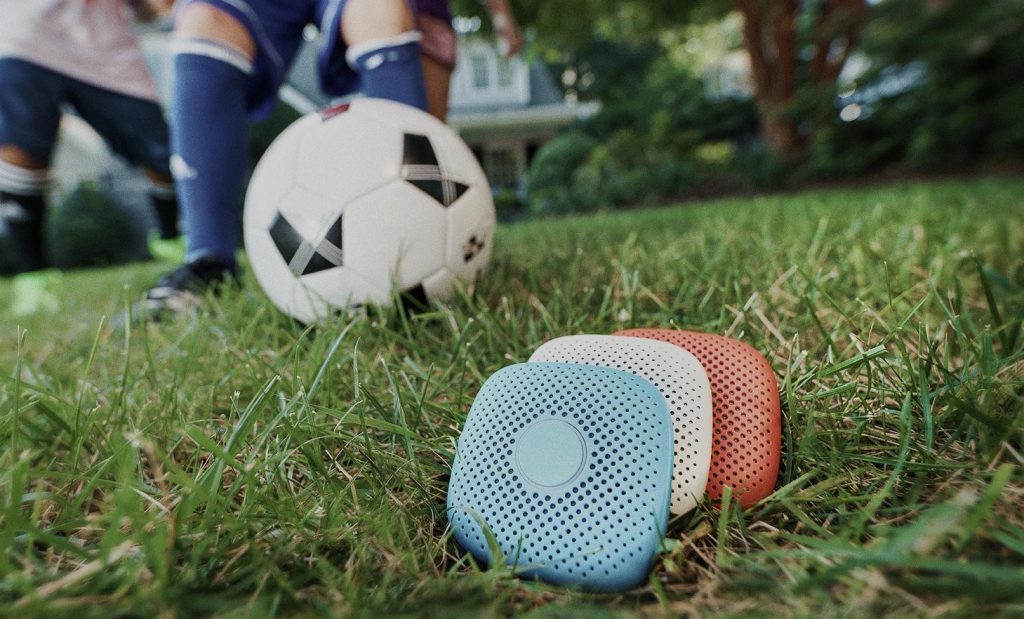Your kid is getting bigger, smarter, and more independent every day. And maybe they’re starting to ask you for a cell phone. If so, you’re not alone. By the time they turn 10, over 70 percent of kids have already asked their parents for a cell phone, and almost half of kids, at 49 percent, have asked by the time they turn six.¹ So should your elementary-schooler have a phone of their own, let alone a smartphone? What “extra features” will come along with your newfound ability to keep in touch with your child? For those still mulling it over, these are the 5 features that can make a phone a good – or not so good – choice for your child.
1. Safety features
Being able to contact your kid is great for peace of mind. They can call you if they need help, if they need to get picked up from practice early, or if they just want to say hi. Many phones, both smartphones and newer kids phones, also have GPS tracking features so you can always keep an eye on where your child is. With a phone or kids phone, you can feel better about your independent child venturing a little further. But some types of phones come with a few safety pitfalls: looking at you, smartphones!
When we think about kids’ safety and smartphones, we’re not only talking about kids receiving robocalls, spam, and calls from strangers. We have to think about kids privacy and safety on the internet, a rising concern in a time where the internet is more portable than ever. With the internet in their pocket, not only could kids stumble upon content they aren’t ready to handle, but they will also be targeted by ads and could be sent messages from strangers across multiple platforms. To maximize your kid’s safety, look for a phone that doesn’t have internet access or make sure to setup advanced parental controls.

Courtesy of Relay
2. Distraction-free design
If the internet is the cell phone pitfall that endangers kids safety, the screen is the pitfall that can affect their health. In this day and age, screen time is a hot topic among parents with young kids. How old should a kid be to get their first smartphone? How much screen time is too much? Even setting aside the correlations between screen time and obesity, eye strain, and sleep problems—screens are distracting. While TV and computer screens are pretty much unavoidable as your kid goes to school and through their day, giving them a portable screen of their very own can prevent them from wanting to engage in active play and distract them from the people around them.
You can reduce screen time worries by limiting screen access a couple hours before bedtime and putting phones away during meals and family time. Alternatively, some kids phones have very basic non-touch screens—or no screen at all—so your child can get all the benefits of a phone without any of the distractions. This lets your kid develop good screen time habits at their own pace without compromising their ability to get in touch with you. Read more about how to teach kids good screen time habits in this article.
3. Simple interface
Generally, we want our kids to be able to get in touch with us as fast as possible. For grown-ups, using a smartphone to make a call is easy, but making a call takes a surprising amount of steps: wake your phone screen, unlock your phone, tap the phone app, tap contacts, scroll to the contact you want to call, tap the contact, tap the call button. That’s at least 7 interactions with your screen to make one call.
Most phones are built for grown ups, and when choosing a phone for your kid, it can be good to take a look at whether your kid’s phone is really built for kids. Some phones for youngsters are stripped-down versions of phones for adults and still require a good deal of interaction to get in touch with anybody. Others can be far simpler. Relay, for example, lets kids talk with a single press of a button. Then you and your kid can speak walkie talkie style through an app on your phone, no matter the distance.

Courtesy of Relay
4. Fun to use
When your kid asks you for a phone, chances are that it’s not because they’re trying to call you all the time. Many kids want a phone because phones are fun and it’s cool to have one. For tweens and teens, this “coolness factor” can be pretty important. But if you have a “Big Kid” (age 6-11,) you don’t have to worry quite as much about what kids at school will say or that they’ll be embarrassed to carry around a kids phone. However, fun is mandatory.
If your kid’s phone isn’t fun, they won’t want to carry it around. To them, it’ll feel like you’re making them wear an ankle monitor—and we don’t want our kids feeling like prisoners, we want them to feel independent and empowered! When shopping, look for features your kid would like that don’t cross the line into distracting territory. Voice-first games, music, and silly sounds are great options for Big Kids.
5. Durable construction
If you’re going to buy it, make sure you only have to buy it once. If you’re spending your cash on a piece of technology for your kid, you don’t want it to break in the course of a normal day’s play. Look for water resistant products and phones that can take a tumble without breaking or shattering. (If you needed another reason to avoid a phone with a screen, this is it!)
For extra security, some kids phones have accessories that keep your kid’s device from getting lost or escaping from their little pockets. Make sure these are comfortable and easy to use—many watch band accessories are a little bit big for younger kids’ wrists and tend to chafe. A clip accessory is great for little kids. It can attach to their belt loop, the handlebars of their bike, to their backpack, or even to a lanyard!
If you keep these five things in mind, you can find a phone to keep your kid safe and connected without the pitfalls of distraction, inappropriate content, and product damage—no tradeoffs required.
1 Nationally representative online survey of 1,403 U.S. parents of children aged 6-11 conducted by Republic Wireless; May 2018




